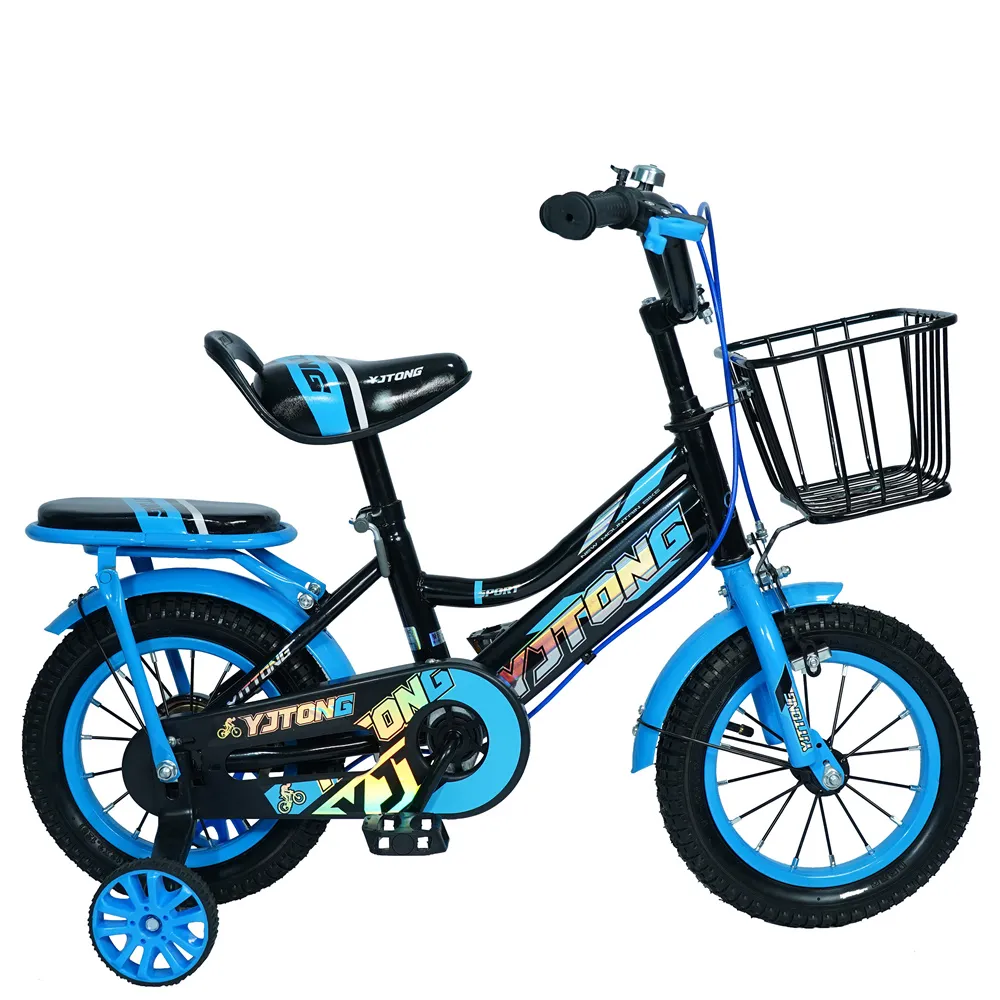Explore the World of Personalized Mountain Biking Adventures and Experiences
The Rise of Custom Mountain Bikes Crafting the Perfect Ride
In recent years, the surge in popularity of mountain biking has led to a growing interest in custom mountain bikes
. Enthusiasts are no longer satisfied with off-the-shelf options; they seek personalization and performance tailored to their unique riding style and terrain. This shift is not just about aesthetics; it embodies a deeper connection between the rider and their machine.Custom mountain bikes allow riders to select components that suit their preferences—from the frame material to the types of tires. The most common materials for frames include aluminum, carbon fiber, and steel. Each offers distinct advantages aluminum is lightweight and affordable, carbon fiber provides advanced performance features like stiffness and reduced weight, while steel offers durability and comfort on rough trails. Riders often choose based on their specific needs, whether they prioritize speed, endurance, or ruggedness.
Beyond frame selection, custom builds allow individuals to select components such as suspension systems, gears, and brakes. For instance, the choice between hardtail and full suspension can significantly impact the riding experience. Hardtails are lighter and more efficient on climbs, while full-suspension bikes offer better handling and comfort on technical descents. Riders focusing on downhill trails may prefer a more robust suspension system to absorb shocks, while those who frequent smoother cross-country trails might opt for a lighter setup that maximizes pedaling efficiency.
Tires are another crucial element of customization. The type of terrain significantly dictates the tire choice—wider tires provide stability and traction on loose surfaces, while narrower tires are typically faster on hard-packed trails. Additionally, customization in tire tread can enhance performance; aggressive treads excel in loose conditions, while slick tires allow for speed on smoother paths.
custom mountain bike

Brakes are equally important. Riders must choose between hydraulic and mechanical disc brakes, depending on their desired level of performance and maintenance. Hydraulic disc brakes provide superior stopping power and modulation, ideal for steep descents, while mechanical disc brakes are generally easier to maintain and adjust.
Moreover, the cockpit setup, including handlebars and grips, can greatly influence riding comfort and control. Riders can select widths, rises, and shapes of handlebars that feel most comfortable for their riding style. Grips also play a pivotal role in ensuring proper control over rough terrain, with options ranging from foam grips for light trail riding to thicker rubber grips for aggressive downhill racing.
The process of customizing a mountain bike is more than just a technical endeavor; it is an expression of individuality. Local bike shops often encourage this custom journey, allowing riders to test components and providing expert advice to ensure the chosen setup aligns with the rider’s ambitions. The sense of ownership in a tailor-made bike fosters a deeper bond between rider and machine, enhancing the overall biking experience.
As the mountain biking community continues to grow, so too does the trend toward custom bikes. Riders are embracing this opportunity not just for performance but also for the creativity involved in building a bike that truly reflects their style and aspirations. Whether it’s shredding trails, tackling mountains, or simply cruising through scenic paths, a custom mountain bike can transform an ordinary ride into an exhilarating adventure.
In conclusion, the rise of custom mountain bikes signifies more than just a trend; it symbolizes a new era in cycling where personalization meets performance. With endless options to consider, riders can craft the perfect machine to navigate any landscape, making every adventure unique and exhilarating. Whether you’re a seasoned veteran or a beginner, investing in a custom mountain bike could elevate your cycling experience to unprecedented heights.
-
The Perfect Baby TricycleNewsAug.11,2025
-
Ride into Fun with Bikes for KidsNewsAug.11,2025
-
Ride into Adventure with the Perfect Kids Balance BikeNewsAug.11,2025
-
Fun and Safe Riding with the Best Childrens ScootersNewsAug.11,2025
-
Find the Perfect Childrens Bike for Your Little OneNewsAug.11,2025
-
Explore the Best Baby Tricycles for Your Little OneNewsAug.11,2025
-
Three-Wheel Light-Up Scooter Benefits for KidsNewsJul.11,2025








